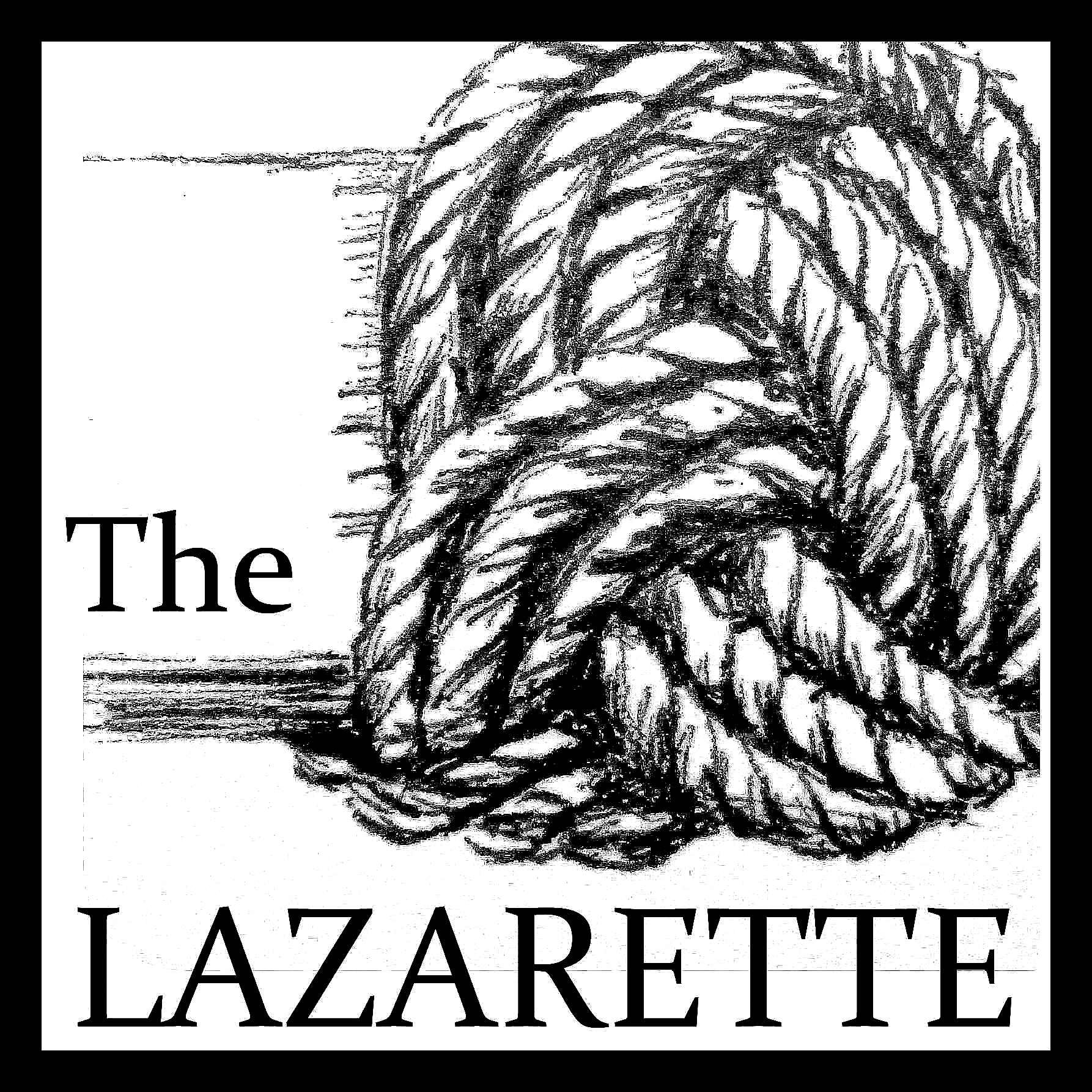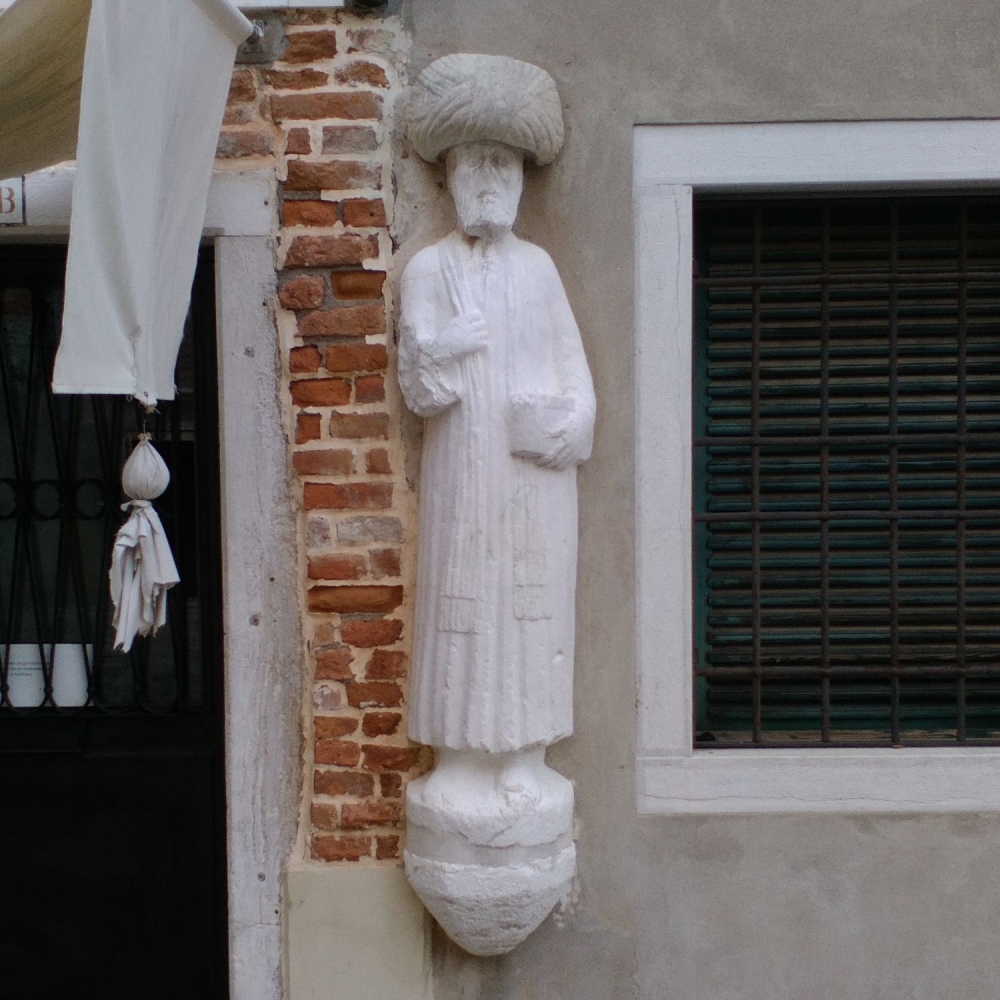Caring For Natural Fibre Rope - Manila, Manila Hemp, Abaca
Posted on
How to Care for Natural Manila Rope
Manila.
Manila rope is otherwise known as manila hemp and it is created from the abaca plant, which is closely related to the banana plant.
It was highly prized in the days of sail, it has been replaced by synthetic fibres on boats nowadays, but a lot of traditional knot tyers still like to use it to make fenders and door stops.
It is a sustainable crop that can stop soil erosion and help to regenerate deforested areas. Our manila comes from the Phillipines, as does 85% of the world's production, the name itself comes from their capital city.
This rope is a natural plant fibre, which is very durable, but doesn't like to be kept damp, best kept in a dry place to prevent mildew. It isn't really suitable for outdoor use.
Being a natural fibre, it is affected by environmental conditions. When wet, it shrinks and tightens,(5 to 10%), and when warm and dry it becomes loose.

 When you are interested in knots you see them everywhere.
When you are interested in knots you see them everywhere.